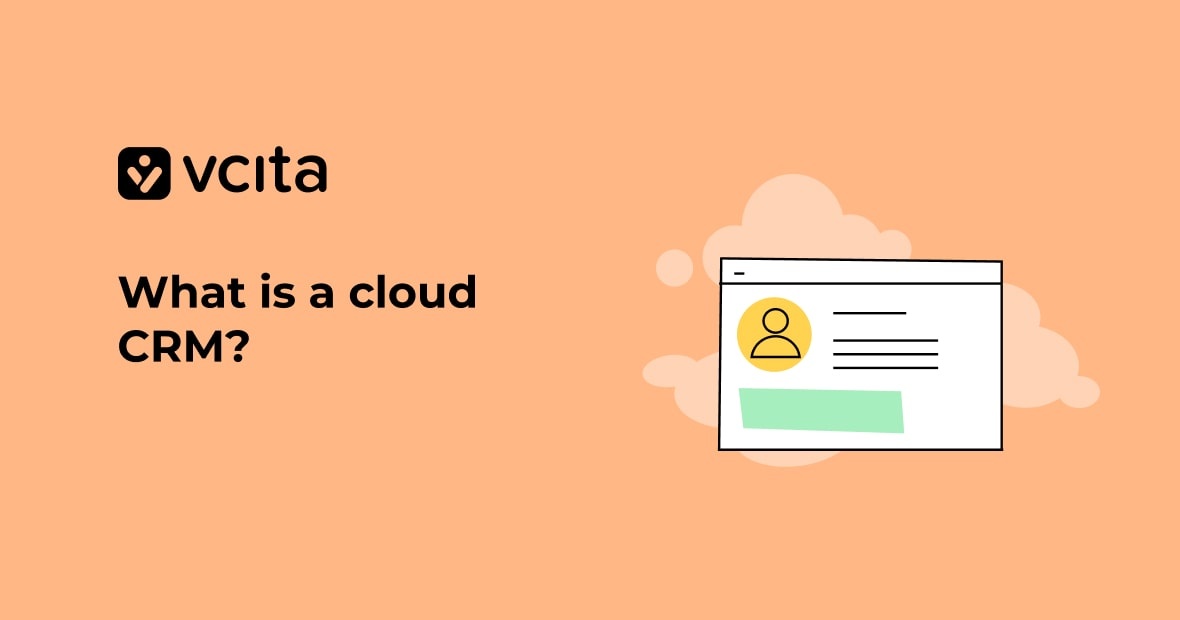If you want to boost your small business’ online visibility and attract more potential customers, you need to double down on SEO. That might sound like a daunting task, but don’t panic. You don’t need to find the budget to consult an SEO agency or hire an SEO expert to handle your business’s search engine optimization.
With a little time and effort, you can do small business SEO yourself. By optimizing your website and content for search, you can rank higher in local search results and drive more traffic to your site. Many effective SEO strategies like page speed, internal linking, meta descriptions, and posting in social media are easy to implement on your own, and go a long way in boosting your visibility.
In this guide, we’ll walk you through how to develop an effective small business SEO strategy, research search terms, optimize your website, build high quality backlinks, and leverage social media to improve your local search rankings. With the right SEO approach, you can outrank your competitors and bring more customers to your business.
How small business SEO brings in new customers

SEO isn’t a magic wand, but it can work wonders to help you find new customers for your small business. Here are the reasons why small business SEO is key to reaching new potential customers.
SEO drives real business results
Studies show that organic search is responsible for more than half of all website traffic. When you rank higher on search engine results pages (SERP), you’ll get more traffic, and more traffic means more customers finding your business, calling you, and walking through your doors.
Good SEO boosts your credibility
A well-optimized site with helpful content sends signals to search engines that your business is authoritative and trustworthy. This can lead to higher rankings over the long term.
People search for local services
Many searches now include a location, like “pet grooming San Francisco” or “plumber Austin TX”. When you include local SEO keywords in your website content, you’ll rank higher in local search results and attract more customers who need your services.
Mobile search is growing
More people than ever are searching on their phones for queries like “restaurants open now” or “yoga studio near me”. Integrating mobile search terms helps optimize your site for mobile users, pushing it up the rankings for mobile search.
Niche search terms attract more attention
When you optimize SEO, you can focus on what differentiates your business from the competition. For example, instead of ranking 20th for generic “yoga studio,” you can rank first for “hot yoga” or “prenatal yoga classes.” Optimizing for these niche terms attracts high-quality leads who want the specific services you are offering.
Researching relevant keywords and search terms for your business
While hiring an SEO expert is ideal, doing small business SEO yourself is totally doable if you’re willing to put in the work. The first step is researching the keywords and search terms that are most relevant for your business.
There are tools like Google’s Keyword Planner, Semrush, and Ahrefs that make keyword research easy. Start by brainstorming a list of words and phrases your potential customers might search for to find your business or service. Think about including location names, your business category or industry, and words that describe what you offer.
Once you have a good list, check how many people searched for those terms in your area over the last month. Look for keywords that get a high volume of searches and have low competition. These are key opportunities to rank well in search results, and should be the core of your SEO content optimization.
Optimizing your website content for SEO
Once you have your list of keywords, you’re ready to optimize your website content. Here are the main steps to take to improve your content SEO.
Optimize page titles and meta descriptions
Include keywords in your page titles, headings, content, and meta descriptions. Meta descriptions are the short snippets below the page title in search results, which entice people to click through to the website. They should be catchy, accurately reflect each page, and include at least one of your main keywords.
Produce high quality content
Providing helpful, relevant content is one of the top ranking factors for local SEO. Publish blog posts, guides and resources that address questions and interests of your potential customers, while also including your target search terms. Well-written, informative content will give search engines more reason to rank your site higher and provide a better user experience for people searching for your products or services.
Remember local keywords
Ensure your business name, address, and phone number are prominently displayed on your site to optimize for local SEO. Set up your Google My Business listing and keep it up to date, use schema markup for business info like opening hours, and build location pages that highlight your products and services. These help your site appear high on searches for services in your city, region, or neighborhood.
Refining your website structure to rank higher in searches
As well as researching and using the right keywords and producing valuable content, there are also technical things you can do to help search engines index your site better and rank it higher.
Ensure your website is easy to navigate
A good website is hierarchical in structure, making it easy for search engines to crawl and index your content. Group similar content together under logical menu categories and subcategories. Use a “flat” site architecture with not too many levels of nesting, and remember to include meta descriptions, image alt text that describes every image you use, and internal linking.
Claim your Google My Business listing
If you run a local business, claim and optimize your free local business listings on sites like Google My Business, Bing Places for Business, and Yelp. These listings allow you to provide consistent business information across the web, help get you ranked in the local map pack and local search results, and give customers another avenue to find your small business. You should also consider local citation building by adding your business to local directories.
Build internal links
Linking to relevant content within your own website, called internal linking, helps search engines crawl your site and understand how pages are connected. It also provides a better user experience by allowing people to easily navigate between related content on your site. Internal links should use your important search terms and point to high-quality, related content.
Encourage social shares
The more people link to and engage with your content on social media, the more authoritative and relevant search engines will consider your site to be. Post updates on platforms where your potential customers are active, and make social sharing buttons highly visible on your site. Build relationships with other local businesses and see if they would be willing to link to your high-quality content as well.
Boost authority with external links
External links to authoritative websites send signals to search engines like Google that your site is a good local resource, and that pushes your site up the rankings. Reach out to local organizations, partners, or media outlets to see if they’ll link to your site. Social media profiles, roundups, and guest posts on local sites are easy ways to build high quality backlinks.
Using schema markup to improve local search visibility
To improve your small business SEO and visibility in local search results, incorporating schema markup into your website is key. Schema markup uses microdata to tell search engines details about your business like your address, phone number, operating hours, and reviews. You can add it to your contact page, about page, and homepage. By adding this information to your site, you make it easy for search engines to understand what your business is all about and rank you higher in local search results.
Some important schemas for small business SEO include:
- Local Business – Provides details like business name, address, phone number, hours, etc.
- Organization – Gives an overview of your company and business offerings.
- Product – Highlights products and services you offer.
- Offer – Specifies current promotions and sales.
- Review – Shows customer reviews and ratings of your business.
Developing an ongoing small business SEO strategy for long term success

Small business SEO is not a “set it and forget it” tactic. Search engines are constantly changing how they determine rankings, so you need to keep up by developing an ongoing SEO strategy.
Consistently add new content
A good small business SEO strategy involves regularly updating your website with high quality, original content. This means publishing blog posts, adding new images and media, and keeping all of your business information up to date. The more useful content you have, the more reasons you give people to link to your site and the higher you’ll rank in search engines like Google.
Track your progress
Use free tools like Google Search Console, Google Analytics, and Google Trends to track how people search for and find your local business. See what search terms are driving traffic, how your rankings change over time, and which social media posts get the most engagement. Make data-driven tweaks to your small business SEO strategy for long term success.
Monitor and adjust
Small adjustments over the long run can have a big impact on your local search rankings and visibility, so check regularly to see how your small business website ranks for important search terms. See what’s working and make changes to your SEO strategy accordingly. Use free tools like Google Search Console, SEMrush, or Ahrefs to analyze your site’s SEO and find new opportunities.
Take a slow and steady approach
Set aside time each week or month to work on one or two tasks, whether it’s publishing a blog post, updating old content, building internal links, or sharing on social media. Small, consistent efforts over the long run will have a bigger impact than overhauling your site once a year. Research the latest local SEO and ranking factors for small businesses, and improve things within your control like your website structure, adding schema markup, optimizing meta descriptions and using important search terms on your site.
SEO can be the secret sauce for small business success
People search for businesses like yours all the time, so make sure your small business SEO helps you get found. Small business SEO does require effort and patience, but the rewards of gaining new loyal customers make it worth the investment. By optimizing your website for search engines and implementing an effective SEO strategy, you can gain greater visibility in search engines, drive more potential customers to your site, and grow your local business.




























